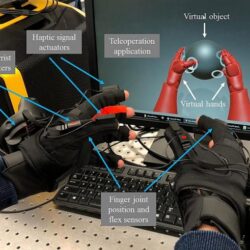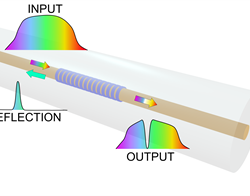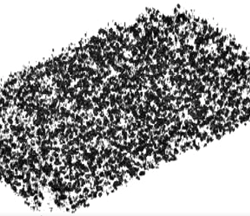Use of forecasting haptic feedback to overcome distance limit in human-to-machine applications
A Tactile Internet is potentially the next phase of the Internet of Things, in which humans can touch and interact with remote or virtual objects while experiencing realistic haptic feedback. A team of researchers led by Elaine Wong at the University of Melbourne, Australia, developed a method for enhancing haptic feedback experiences in human-to-machine applications Read more about Use of forecasting haptic feedback to overcome distance limit in human-to-machine applications[…]




